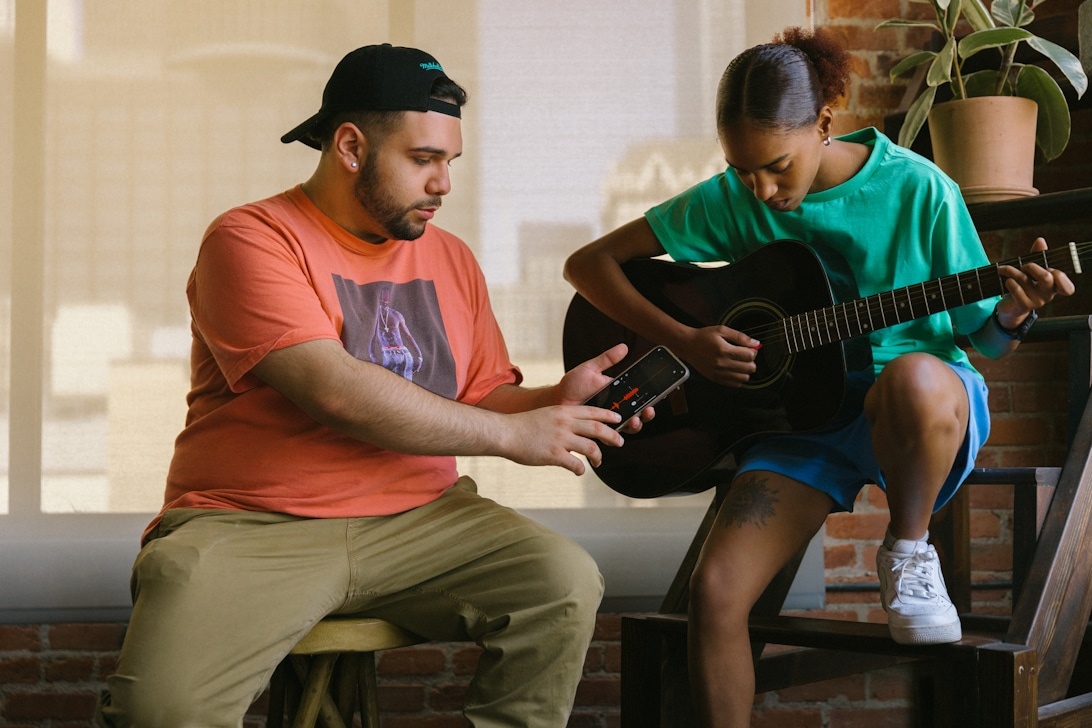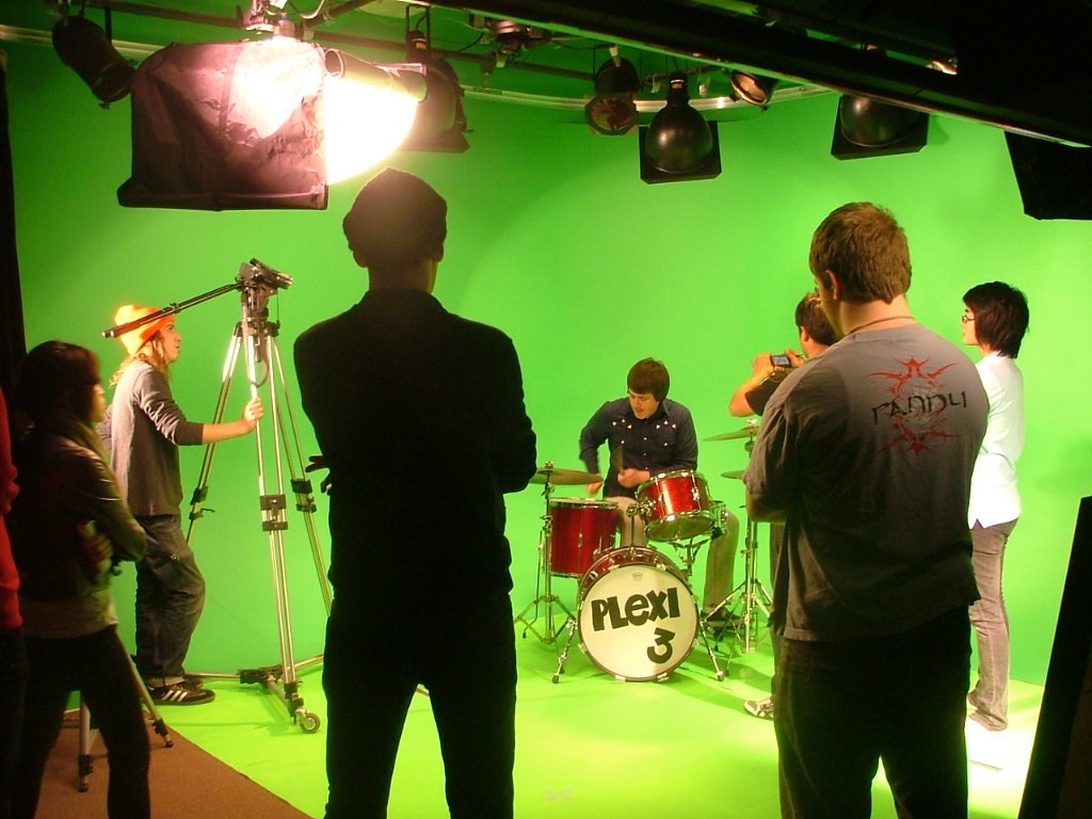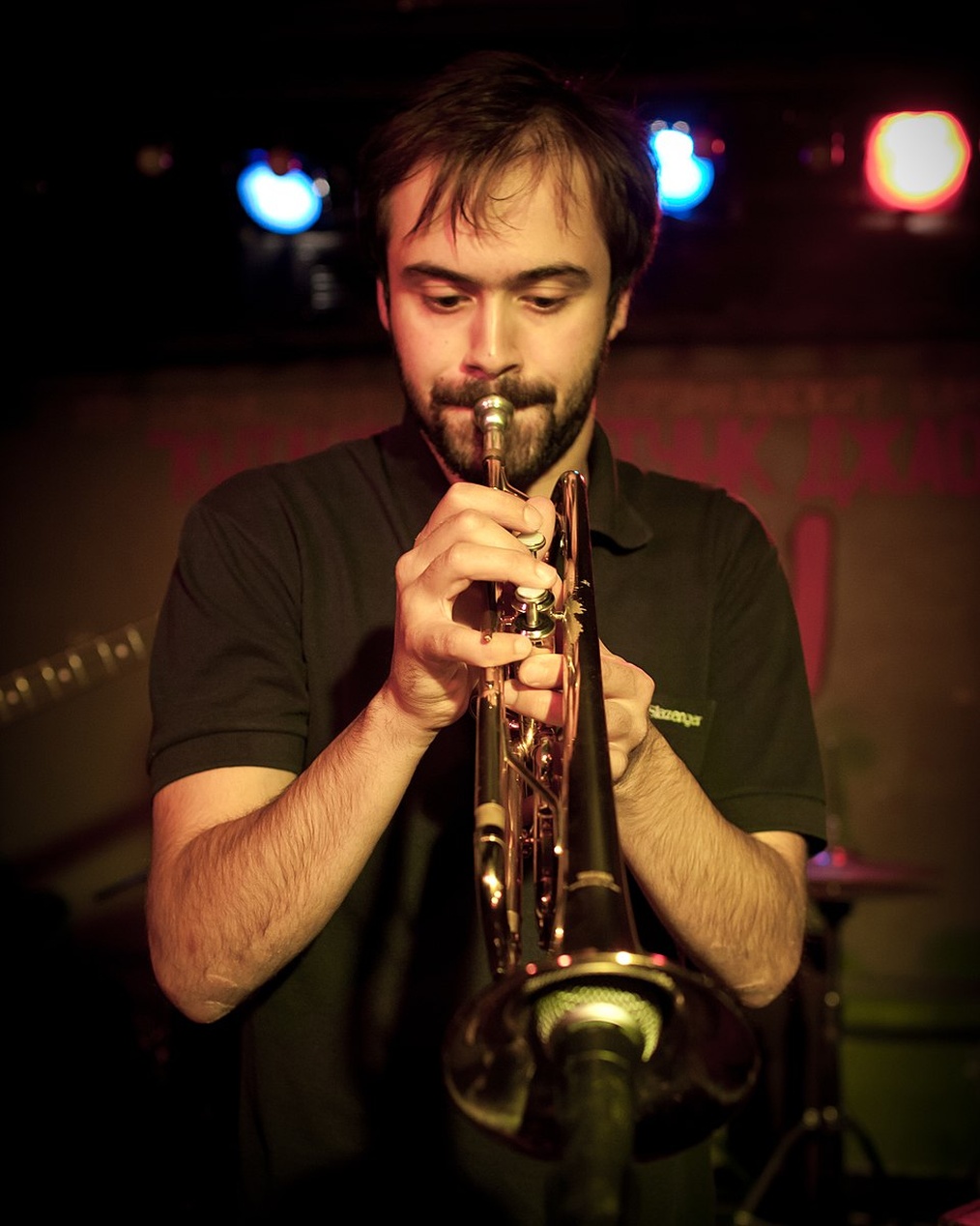I vividly remember a time when musical collaboration was a deeply physical and logistically demanding process. Gathering musicians, producers, and engineers in the same room was essential to creating magic. It meant expensive studio time, travel, and meticulous planning that often limited creative reach to one’s immediate geographical vicinity. Today, the digital revolution has completely redrawn that map. What was once a luxury reserved for those with large budgets has been democratized, transforming into a global, interconnected workplace. Artists like Alina Baraz and Galimatias, who created an entire album by exchanging files over the internet before ever meeting in person, are no longer exceptions but rather pioneers for a new generation of creators. This transformation is not just about new technology; it is about a fundamental shift in how we think, create, and interact within music.
From Physical Rooms to Global Networks
The most profound change is the shift from the tangible studio to the intangible network. Where geography once dictated partnerships, now talent and vision are the only true borders. This new paradigm has not only changed how we work but also how we understand the very fabric of creation. Modern data analysis, for example, has peeled back the curtain on the often invisible heroes of music making. While the main artist is naturally central, in-depth studies of collaboration networks in the music industry reveal fascinating insights. These networks often exhibit ‘small-world’ properties, where the average distance between any two collaborators is surprisingly short, sometimes just four steps. This research confirms that audio engineers and mastering engineers play an incredibly vital role in connecting different parts of the network. They act as bridges between creative clusters, their expertise fundamental to the final product. This ability to quantify and visualize the anatomy of collaboration is a direct result of the modern digital workplace, where data becomes a tool as important as a guitar or a mixing board.
The Essential Toolkit for Modern Music Creation

Modern collaboration often starts simply, with two artists sharing ideas using everyday technology before moving into more complex digital workflows.
The engine driving this revolution is a suite of powerful digital tools designed to tear down the walls of distance and time. Navigating this new landscape requires understanding the different types of tools available and how they fit into the creative process.
Real-Time Jamming and Performance
For musicians wanting to capture the spontaneous energy of a live jam session, real-time collaboration platforms like JamKazam, Aloha, and Source-Connect are invaluable. These tools work to minimize latency, the slight audio delay that can make playing in tight rhythm across the internet nearly impossible. To overcome this, a stable, high-speed internet connection is non-negotiable; a wired Ethernet connection with at least 20 Mbps download and 10 Mbps upload speeds is highly recommended. While the laws of physics make zero-latency jamming a challenge, these platforms bring us closer than ever to the feeling of being in the same room.
Asynchronous Workflows and Cloud DAWs
Perhaps more common is asynchronous collaboration, where artists contribute to a project on their own time. Cloud-based digital audio workstations (DAWs) are the cornerstone of this method. Platforms like BandLab and Soundtrap allow multiple users to work on the same project file without sending heavy files back and forth. For professional production, the landscape of collaborative music apps now includes powerful options such as Avid Cloud Collaboration for Pro Tools, which offers a seamless integration where audio, MIDI, and edits are synced in the cloud, maintaining a single source of truth for the project.
High-Fidelity Feedback and Professional Review
During the critical process of mixing and mastering, clear communication and high-quality audio are paramount. Tools like Audiomovers LISTENTO have become indispensable for this stage. As this detailed introduction to remote music collaboration explains, these plugins stream lossless, real-time audio from a producer’s DAW directly to a client’s web browser anywhere in the world. This enables immediate, high-fidelity feedback without compromise. The fact that an institution like Abbey Road Studios uses this technology for major film scores proves these tools are now integral to the highest levels of the industry.
Overcoming the Hurdles of a Distributed Workplace

Even in a digital world, professional productions like this music video shoot require immense coordination and a clear organizational structure to succeed.
As collaborative projects grow in scale, with teams scattered across the globe, project management becomes a crucial skill. The universal challenge of managing distributed teams requires a centralized digital hub to keep track of files, versions, feedback, and deadlines. Creative teams can find inspiration by adopting organizational principles from the corporate world. For instance, a well-implemented Omnia HR intranet enhances employee engagement and keeps teams aligned, a model from which sprawling music projects can learn. Consider a practical scenario: a songwriter in Nashville uses a platform like Kompoz to find a vocalist in Sydney. They exchange initial ideas via a shared cloud folder, build the track together in a BandLab project, and then a producer in London mixes the song while streaming the session in high-fidelity using Audiomovers for immediate feedback. This step-by-step process, once a logistical nightmare, is now commonplace. Understanding the various technical and practical aspects of remote collaboration is the first step for any artist. Beyond logistics, it’s crucial to address legal questions surrounding copyright and ownership from the very beginning. Establishing clear agreements prevents future conflicts and ensures everyone’s contributions are fairly recognized.
The Future Symphony of Collaboration

The solo artist, like this trumpeter in an intimate club, is now a potential node in a vast global network of creativity, able to perform and collaborate from anywhere.
It is clear we are witnessing a permanent evolution, not a passing trend. The modern musical workplace is no longer a fixed location but a fluid, global network of interconnected individuals. This democratization of the means of production is perhaps the most profound change of all. A young talent in a remote village can now, in theory, collaborate with an established producer in Los Angeles, using only a laptop and an internet connection. Platforms like the LANDR Musicians Network, Bandmix.com, and Kompoz act as digital meeting places where creators can find each other, exchange ideas, and launch projects. This blurs the old hierarchies and opens the door for an unprecedented diversity of voices and influences in music. The question is not whether physical studios will disappear, but how their role will change. I believe they will remain as specialized hubs for acoustic excellence and final production, but they will be deeply integrated into this global digital ecosystem. The symphony being composed today is global, its voices coming from every corner of the world, woven together through digital channels. Technology, paradoxically, has created distance yet simultaneously given birth to a new, deeper form of musical community.






